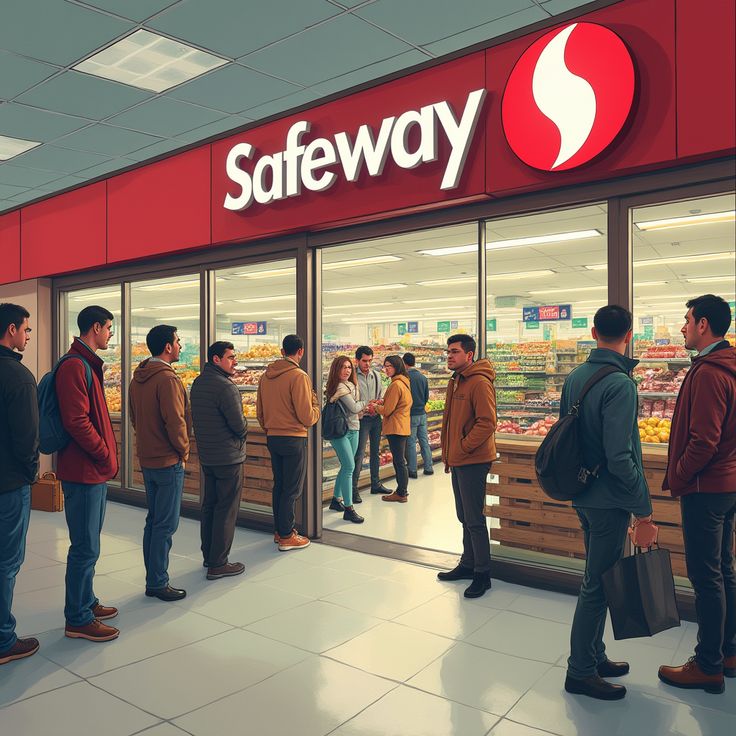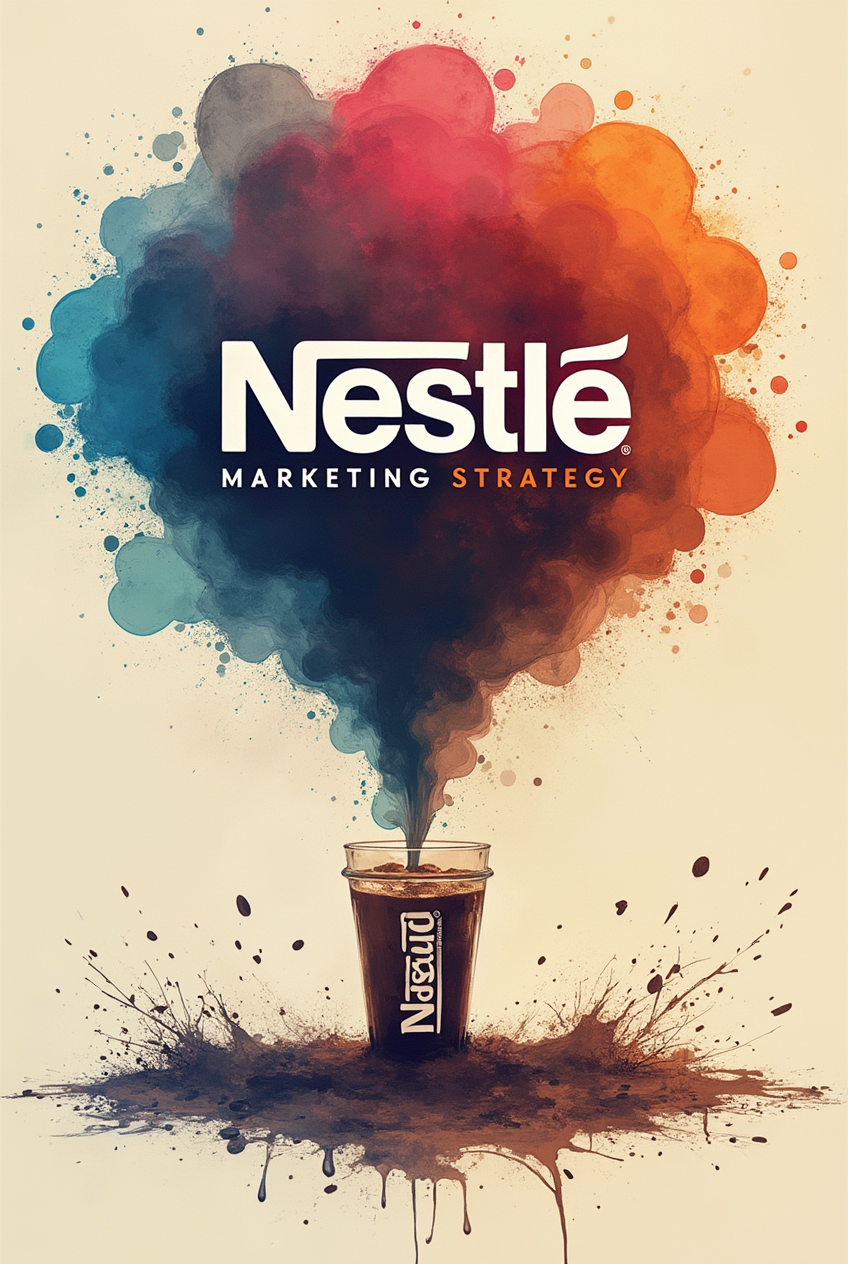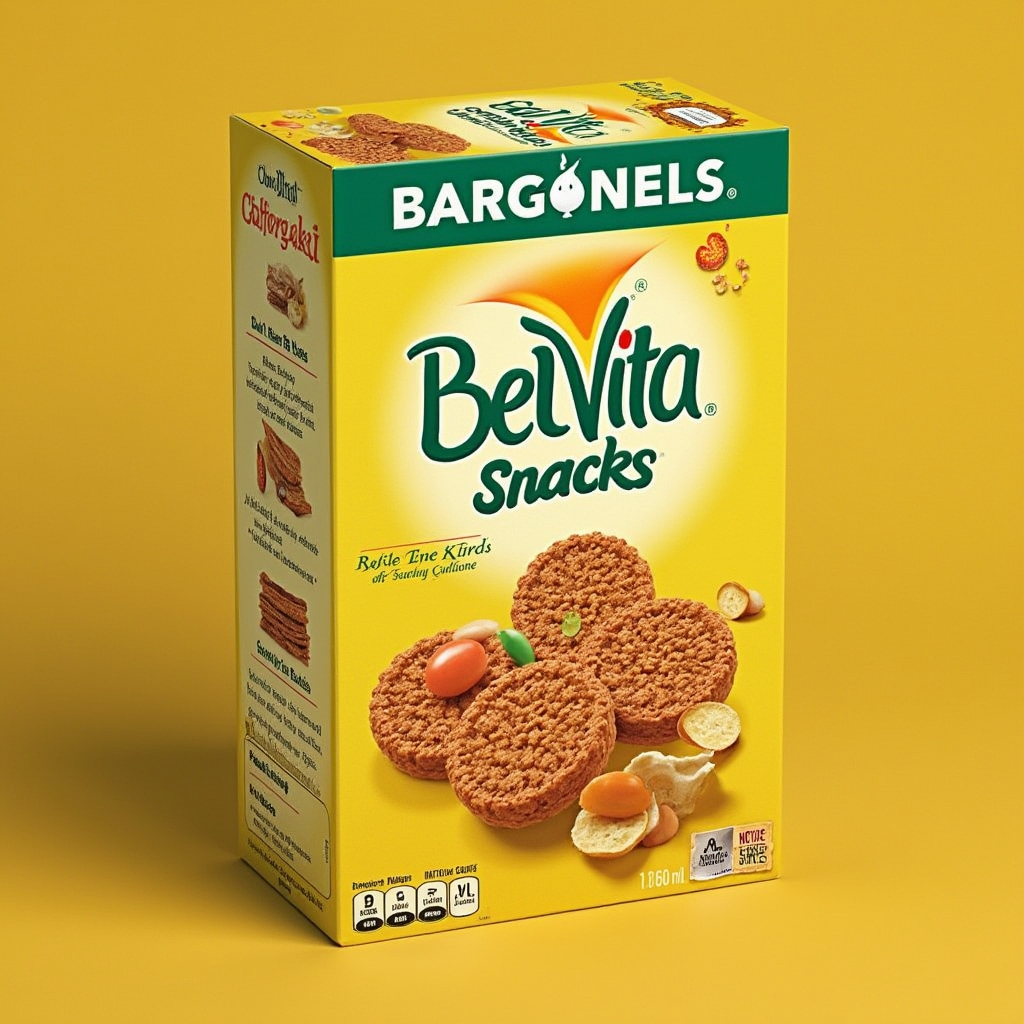Safeway, headquartered in Pleasanton, California, stands as a significant player in the American food and drug distribution sector. As the second-largest private company in this industry, trailing only behind Kroger, Safeway has carved out a notable position in the market since its inception. Established to meet the grocery needs of local farmers, Safeway has evolved into a major retailer through strategic expansions and mergers. This article delves into Safeway marketing strategy, offering insights into how the company maintains its competitive edge and adapts to market changes.
Table of Contents
Safeway Overview
Safeway’s journey began with a simple goal: to provide quality groceries to local communities. The company’s growth has been marked by significant milestones, including its initial public offering in 1990 after a period as a private entity. Safeway’s expansion strategy included international ventures into England and Germany during the 1960s. Today, it is a key player in the grocery sector, with a robust presence across North America.
Strengths
- Market Position Safeway’s placement as the 52nd largest company in the Fortune 1000 list underscores its significant market presence. Its 11th ranking in sales distribution highlights its substantial role in the retail sector, reflecting its extensive reach and market penetration.
- Product Quality and Range Safeway’s commitment to high-quality products at competitive prices has been a cornerstone of its strategy. This focus on quality and affordability helps attract and retain a diverse customer base, contributing to its strong market position.
- Marketing Mix Safeway’s marketing mix involves a well-rounded approach to product quality, pricing, placement, and promotion. The company’s emphasis on high-quality products, competitive pricing strategies, efficient distribution networks, and engaging promotions creates a compelling value proposition for customers.
- Wide Reach With numerous locations across the United States and Canada, Safeway’s extensive network supports its growth and ability to serve a large customer base effectively.
Weaknesses
- Debt Safeway has faced challenges related to significant debt, which can impact financial stability and limit growth opportunities.
- Inflexibility The company’s large size can lead to difficulties in adapting quickly to market changes, potentially resulting in missed opportunities or increased costs.
- Service Quality The vast number of stores can sometimes lead to inconsistent service quality, posing challenges in maintaining uniform standards across all locations.
- Union Issues Labor disputes and union-related disruptions can affect Safeway’s operations and profitability, adding complexity to its business environment.
Corporate Strategy in Safeway Marketing Strategy
Safeway’s corporate strategy revolves around strategic planning, technological integration, and a matrix management structure. These elements guide the company’s operations and long-term success.
Strategic Planning
Safeway’s strategic planning involves setting clear missions, visions, and goals aimed at expansion and profitability. The company’s approach includes careful market analysis, goal setting, and strategic initiatives designed to enhance its market position and drive growth.
Technological Integration
Incorporating modern technology is crucial for Safeway’s operations. The company leverages technology for online services, customer care, and operational efficiency. However, this integration also presents challenges, such as managing security risks and maintaining system performance.
Matrix Structure
Safeway employs a matrix management structure to align its business strategies with operations. This structure ensures that the company can deliver quality service and maintain a strategic fit across its various business functions.
Safeway Marketing Strategy

Safeway marketing strategy is multifaceted, focusing on customer value, branding, engagement, advertising, competition analysis, market positioning, innovation, and financial performance.
Customer Value and Satisfaction
- Focus on Value Safeway marketing strategy emphasizes delivering value and satisfaction to customers. This focus is achieved through offering high-quality products at fair prices, addressing customer needs, and ensuring a positive shopping experience.
- Branding Tactics Safeway’s branding revolves around the theme “Ingredients for Life,” which highlights the company’s commitment to providing fresh, nutritious, and wholesome products. Safeway invests in developing corporate brands and private label products to enhance its reputation and offer quality at competitive prices. The company’s reputation for high-quality produce is supported by its money-back guarantee on produce quality.
Customer Engagement Strategy
- Personalized Promotions Safeway tailors promotions based on customer preferences and shopping habits, ensuring that offers are relevant and appealing.
- Loyalty Programs The company rewards repeat customers through loyalty programs, fostering long-term customer relationships and encouraging repeat business.
- Targeted Campaigns Safeway employs targeted email and mobile campaigns to reach specific customer segments, maximizing the impact of its marketing efforts.
- Interactive Features Enhancing the shopping experience through interactive website features and mobile apps helps Safeway engage with customers and provide a more personalized experience.
- Social Media Engagement The company partners with influencers and engages customers through social media platforms to boost brand visibility and connect with a broader audience.
Advertising Techniques
- Multi-Channel Approach Safeway utilizes a multi-channel advertising strategy, including TV, radio, outdoor advertising, and digital channels. This approach ensures broad reach and precision targeting.
- Emotional Messaging The company’s advertising campaigns often use emotional messaging to create a deeper connection with consumers, enhancing brand affinity and loyalty.
- Campaign Strategy Leveraging consumer insights, Safeway crafts effective advertising campaigns that resonate with the audience and address their needs and preferences.
Competition Analysis
- Understanding Rivals Safeway conducts thorough analyses of competitors’ pricing, product offerings, and promotional tactics. This understanding helps the company position itself effectively in the market.
- Differentiation Safeway differentiates itself from conventional supermarkets and niche players through unique offerings and customer experiences, setting it apart from competitors.
Market Positioning
- Lifestyle Format The company offers a broad range of perishables and specialty products in a lifestyle-oriented store format, catering to diverse customer preferences and needs.
- Customer-Centric Approach Safeway’s focus on customer satisfaction involves continuously adapting to meet evolving needs and preferences, ensuring a customer-centric approach in its operations.
Innovation
- Pricing by the Pound Safeway’s innovative pricing strategy allows flexible purchasing of produce by the pound, reducing food waste and offering customers more control over their purchases.
- “Sell By” Dates Clear labeling of product freshness helps customers make informed decisions, promoting transparency and trust.
- Nutritional Labeling Providing detailed nutritional information supports healthier choices, aligning with the company’s commitment to customer well-being.
Financial Performance
- Stock Price Fluctuations Safeway’s stock prices have experienced notable peaks and declines over time. Understanding these fluctuations provides insights into the company’s financial performance and market dynamics.
- Merger Impact The merger with AB Acquisition LLC has significantly impacted Safeway’s structure and operations, influencing its strategic direction and financial performance.
Conclusion
Safeway marketing strategy is a comprehensive and multifaceted approach that encompasses customer value, branding, engagement, advertising, competition analysis, market positioning, and innovation. By focusing on these areas, Safeway maintains its competitive edge and adapts to changing market conditions. The company’s strategic planning, technological integration, and matrix management structure further support its long-term success and growth. As Safeway continues to navigate the complexities of the retail landscape, its marketing strategy will play a crucial role in shaping its future trajectory and sustaining its position as a leading retailer.










